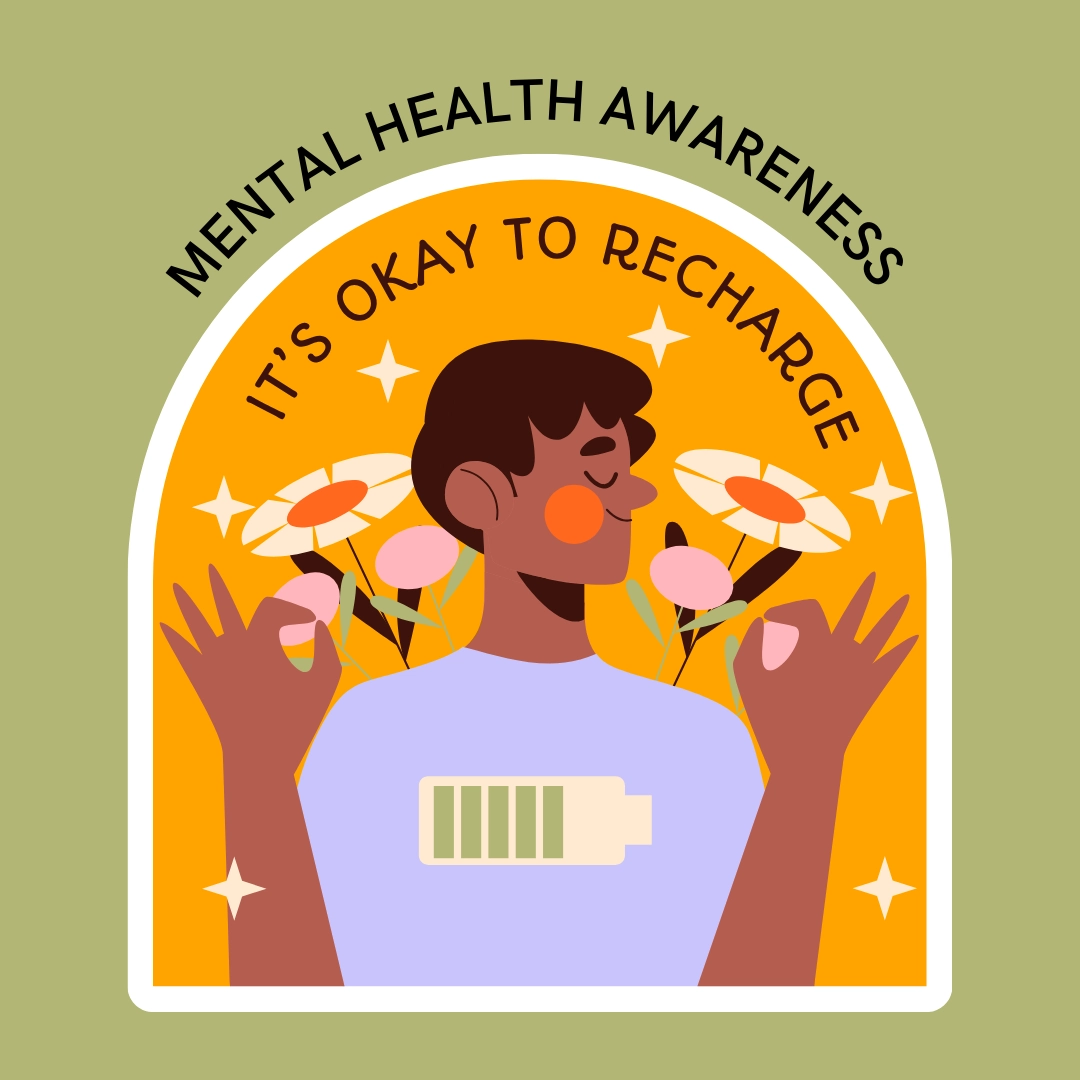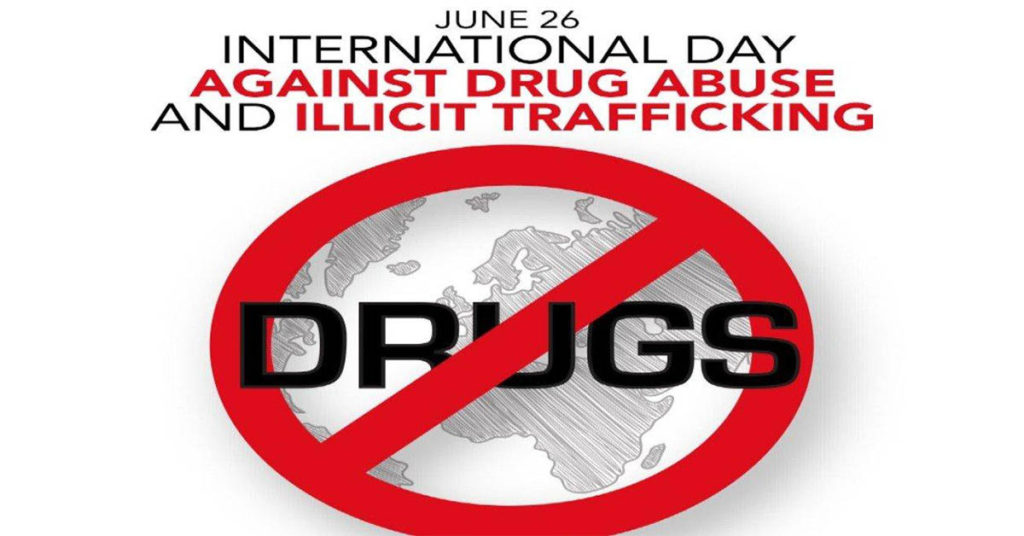Abuse of tobacco, drugs, alcohol and other harmful substances is on the rise among children and young adults. There are several socio-economic factors that lead people of such early age into these addictions. They result in mental health issues. However preventive methods like and careful counselling and care can help retrieve our youth out of the vicious circle.
What is substance abuse?
Substance abuse refers to the excessive use of tobacco, alcohol, or drugs like cannabis, cocaine, hallucinogens, opioids, amphetamines and barbiturates by a person. Some of the drugs are mood elevators while some are anti-depressants and others steroids. When a person is under the influence of some of the above substances, he might exhibit antisocial behaviour and tend to physical, social and psychological harm to others. And of course, it does untold damage to the physical and mental health of the abuser. Such abuses are usually caused by acquired addictive habits although genetic disposition is also a factor sometimes. Several social and cultural factors also play a part in it. Substance abuse often leads to impulsive behaviour, violence, injury, accidents, suicide, homicide, rapes and burglaries.
How serious is the issue?
Statistics show that over 70,000 Americans died from drug overdose in 2017. The World Health Organization estimates that there are over 50 million of cocaine and synthetic drugs in the world. It is generally observed that most of the addictive habits begin in adolescence. Certain sections of societies like ethnic immigrants, street children and veterans are more prone to drug abuse. Nearly 50% of 12th graders in the country admitted to having used an illegal drug at some point. 41% had been initiated to alcohol use and 20% to cigarette smoking. Many manage to phase out of drug use though. It is no doubt a matter of serious concern everywhere. Pandemics like COVID-19 might have curbed the movement of people and hence access to spurious substances. But it also gives rise to withdrawal symptoms and increased incidence of self-hurt and psychological damage.
The growing concern about teen substance abuse
Teenagers get into the habit of drug abuse due to a variety of factors such as:
- History – There could be a history of substance abuse in the immediate family of the teen.
- Mental illnesses – Anxiety, depression, ADHD, bipolar disorder etc can trigger abuse
- Trauma – past trauma such as a physical abuse can lead to teens seeking comfort in narcotic substances to relieve the emotional stress
- Social rejection – Not having friends or confidants and general distrust in any relationship can be a reason
- Peer pressure – The company one keeps can influence one’s habits.
- Academic performance – Anxiety about faring well in class and exams translates into mental stress for many young people. Unable to cope with it, they resort to substance abuse to try motivate themselves.
- Sexual problems – Teenage is the time of sexual awakening and identity crisis as one transitions from child to adult. If not handled properly, this leads to self-doubt, confusion and perversions, even resulting in use of illegal substances
Addressing the issue involves understanding the root cause first of all. It is important to have a conversation with the teen who is undergoing the difficult phase. Look out for warning signs such as the following in your children.
- Sudden or extreme change in friends
- Change in eating habits,
- Change in sleeping patterns
- Behavioral changes
- Drastic change in physical appearance
- School grades spiralling down
- Generally irresponsible behaviour
- Lack of interest in anything
- Withdrawing to oneself
These could be symptoms of a larger malaise. Observe without judgement but be on the watch out for emotional disturbances and situations where you must intervene as a responsible parent or teacher.
COVID-19 and substance abuse
The unprecedented pandemic of COVID-19 has brought with it a new set of problems for humanity. Lack of frequent avenues to physical social interaction and activities like sports increases stress levels in young people, especially those in their mid-twenties. There is a possibility of some youth taking to harmful substances to cope with the situation. Domestic violence has been reported to be on the rise, which adds to the problem.
How counselling is the solution to the problem
As with most problems, communication is the key to opening the door to cure. It is called Talk Therapy in psychology. Talk to the child or teenager/ young adult. He or she may not be easily forthcoming. Use patience. Let the child know that honesty will be appreciated. Never judge. The addictive behaviour is the issue, not the addict. A compassionate advice can often ease a person out of a minor addiction. But if you feel it is more serious like depression and needs clinical intervention, go for it. Counselling is the first step in the treatment. However, it will be foolhardy to expect a person with mental health issues, especially a teen given to addiction, to easily comply with the process.
Telehealth in the modern world
The answer to the question of how to address teen issues effectively, lies in telehealth. Remote counselling works for the following reasons.
- No hazzles of therapist appointment and waiting times
- Done at the time and convenience of the beneficiary
- Total privacy assured
- No stigma attached to the process
- Counselor of one’s choice
Especially after the advent of COVID-19, hospital visits are a cumbersome activity that is done only when one cannot do without it. There is the risk of virus infection as affected people frequent medical institutions. A telehealth platform like a mobile app that provides for phone, text and video chat takes care of consulting needs perfectly well. Telehealth platforms are therefore here to stay.
PACIFYR app and counselling for substance abuse
Some of the main advantages of using the PACIFYR platform are:
- Counselors can address the issues of addictive patients remotely
- Counselors can scale their business with lower operational costs
- Teenagers, other patients and therapists visiting the platform can access it from anywhere
- Helps fight the COVID crisis now and in near future
- Organizations can encourage their staff to enrol with PACIFYR
- Get access to mental health newsletters, periodicals and updates
We can put our best foot forward in fighting the menace of alcohol and drug abuse among our children and youth. The problem starts at the elementary school level. Prevention is always better than cure. Create circumstances that inculcate self-esteem in children, engage with them, listen to their concerns and build trust in them. Cognitive-behavioral interventions must be made as and when required to stem mental health issues like depression. Counseling is better left to external experts. Do not panic if educational institutions are not able to provide the same. Telehealth platforms are the optimum solutions since these bring in a vast and experienced pool of experts to choose from.




